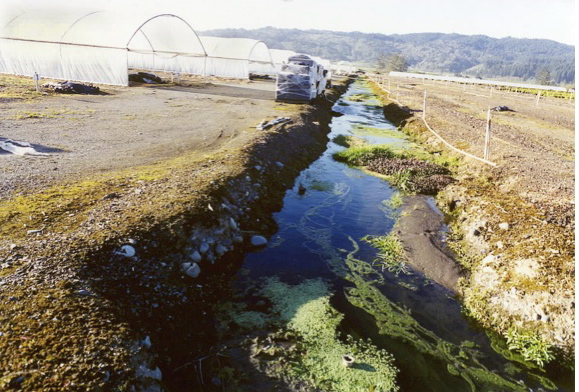By Felice Pace, North Group Water Chair
Recently I received a notice announcing that the State Water Resources Control Board has proposed establishing a Maximum Contaminant Level (MCL) of 5 parts per trillion (ppt) for the chemical 1,2,3-Trichloropropane (1,2,3-TCP) in drinking water. 1,2,3-TCP is a man-made chemical used as a solvent and degreaser. It is also commonly found in many pesticides, including soil fumigants that are now banned in California. The most common agricultural pesticide containing 1,2,3-TCP is Telon II which was banned for use in California in 1990.
The State’s notice referenced the California Office of Environmental Health Hazard Assessment (OEHHA) which, in 2009, established a Public Health Goal (PHG) for 1,2,3-TCP of 0.7 ppt based on the cancer risk posed by this chemical. The chemical is especially dangerous because it remains in groundwater for a long time. In fact, there is no evidence that 1.2.3-TCP can naturally decompose and removing it from groundwater is complex, expensive and not always successful.
Until it was banned in 1990, Telon II and other chemicals containing 1,2,3-TCP were used as fumigants to control nematodes. A lot of the chemical was used on lily bulb fields adjacent to the Smith River Estuary on what is known locally as Smith River Plain. Other less-studied soil fumigants are now used. The area north of the Smith River Estuary, know as the Smith River Plain, produces most of the lily bulbs sold in the USA. Greg King’s Siskiyou Land Conservancy reports that in some years more pounds of pesticides per acre have been used on the Smith River Plain than were used anywhere else in California.
The State Water Board’s announcement notes that 1,2,3-TCP has been detected in numerous drinking water sources in California. Detections in drinking water by county can be found at this link. According to that site, 1,2,3-TCP has not been found in drinking water in either Humboldt or Del Norte Counties. But I’ve discovered that the cancer-causing chemical has, in fact, been detected in community drinking water wells operated by both the Smith River Community Service District and the Reservation Ranch dairy and beef cattle operation. Drinking water wells operated by the two entities are located on Smith River Plain.
I discovered the 1,2,3-TCP detections because two citizens who live on Smith River Plain came to me with concerns about chemical containments in their drinking water. I agreed to investigate. That eventually led to the database which contains test results for all California’s public drinking water systems. While test results for the Reservation Ranch and Smith River CSD drinking water wells reveal other problem contaminants, 1,2,3-TCP is the most dangerous chemical detected in groundwater which is pumped and piped into numerous homes.
I found it curious that these detections were apparently not reported to the State Water Board. So I began questioning the Redding based officials who are responsible for overseeing these drinking water systems and who are required to report 1,2,3-TCP detections. Those officials would not respond when I questioned their failure to report the detections. I’ve now filed a compliant about that with Cal EPA; the State Water Board is an agency of Cal EPA.
I’ll report Cal EPA’s response when I receive it and I’ll keep advocating for clean-up of groundwater north of the Smith River Estuary. Groundwater pollution there puts residents and workers, as well as fish and other wildlife, at risk.
Entities like Reservation Ranch and Smith River CSD have a responsibility to inform the public when the drinking water systems they operate are dangerously contaminated. State Water Board officials are responsible for making sure that happens. When it comes to the Smith River Plain, however, systems that are supposed to protect the public are not operating properly. That must change. 
On the Smith River Plain some streams have been ditched and no-spray buffers are lacking